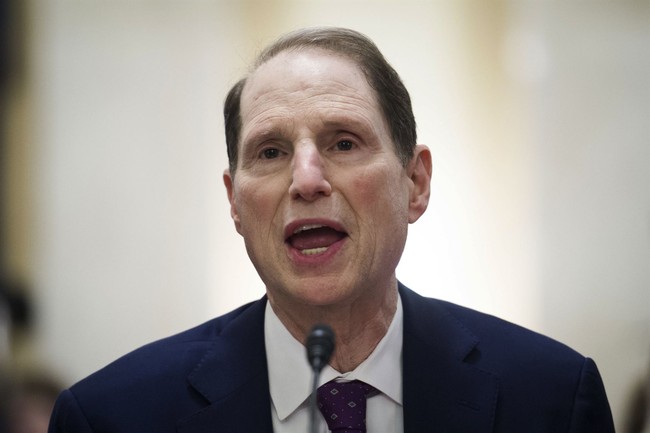Deep in the heart of Portland, Oregon, where the autumn rain falls steady as a drumbeat, a story unfolds that cuts to the very bone of American journalism and law enforcement. For months now, the Immigration and Customs Enforcement facility has stood as ground zero in a conflict that’s grown far beyond its concrete walls and chain-link fences.
Independent journalists, putting boots on the ground and cameras to their eyes, have been documenting near-nightly confrontations between federal officers and militant protesters. These reporters, working without the shelter of major news organizations, have provided raw, unfiltered coverage of events that mainstream outlets seem reluctant to touch.
The situation took a remarkable turn this week when Senator Ron Wyden cast doubt on these independent journalists’ access to the facility’s rooftop, suggesting preferential treatment and dismissing their work as that of “right-wing influencers.” It’s the kind of statement that might make an old newsman’s coffee go cold.
The reality on the ground tells a different tale. Katie Daviscourt, one of the journalists in question, has spent four months covering the ongoing situation, often working alone or alongside a single photographer. Her response to the Senator’s implications was swift and clear: she’s no influencer, but rather a working journalist doing what journalists have always done – showing up where the story lives.
The federal response to the ongoing protests has become a political football, with the Trump administration’s deployment of additional forces meeting resistance from local Democratic leadership. But while politicians trade barbs from the safety of their offices, these independent journalists have faced very real dangers – harassment, assault, and threats – all in service of documenting the truth.
Andy Ngo, a journalist who has covered similar conflicts in the Pacific Northwest for years, defended his colleagues’ work, pointing out that the traditional news outlets cited by Senator Wyden have been conspicuously absent from the nightly scenes of confrontation.
Like a Texas thunderstorm building on the horizon, this story speaks to larger questions facing our nation: Who controls the narrative? What constitutes legitimate journalism in our digital age? And perhaps most importantly, how do we bridge the widening gulf between official accounts and ground-level reality?
The truth, as it often does, likely lies somewhere between the tear gas and the tweets, waiting for those brave enough – or foolish enough – to venture out and find it. That’s the way it is in Portland tonight, where the rain keeps falling, and the story keeps unfolding.


